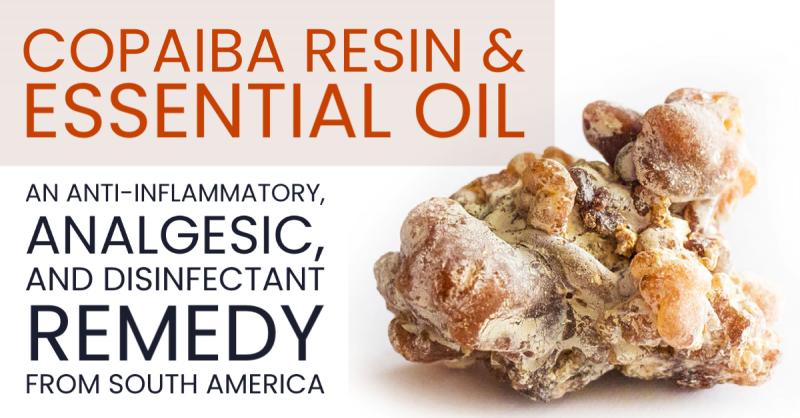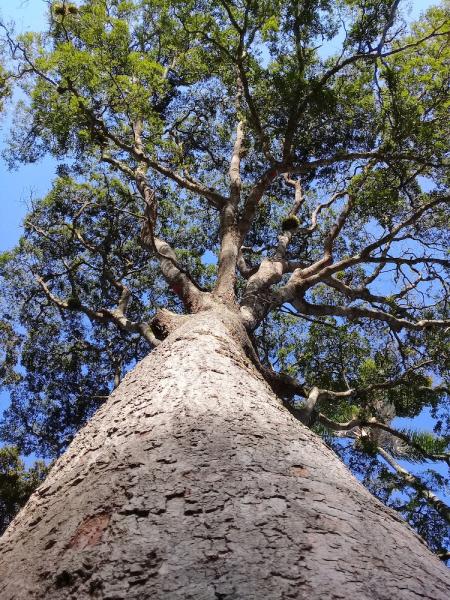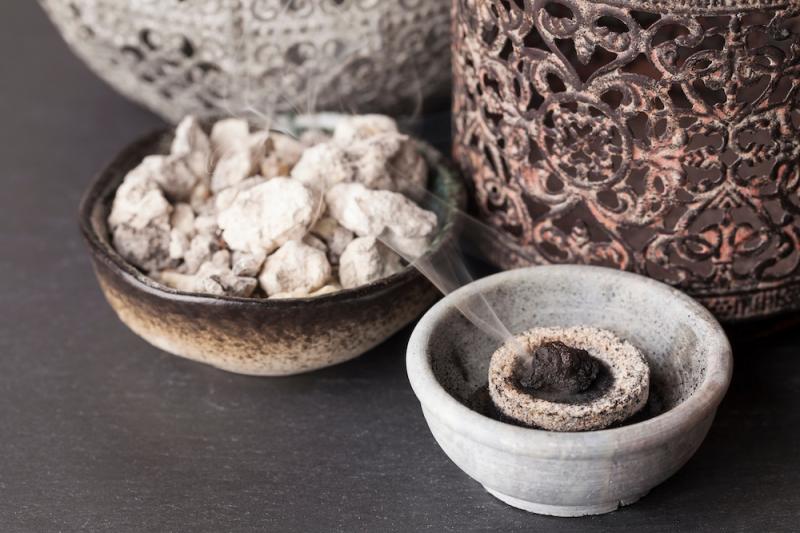
A few years ago I was researching the endocannabinoid system and phytocannabinoids to better understand how cannabis (hemp and marijuana) works. That’s when I first learned about a resin from a South American tree called copaiba. The oil contains B- caryophyllene, a terpene that acts as a phytocannabinoid on CB2 receptors.
The endocannabinoid system is an important part of how the nervous and immune systems communicate. Cells send messages via chemical messengers and the endocannabinoid system is how the cells are able to get feedback. Essentially, when a cell sends a message to another cell, the endocannabinoid system allows the receiving cell to respond to the message.
In the nervous system, it calms down messages transmitting pain, anxiety, excitation, and more. In the immune system, it calms down messages promoting inflammation and immune activation. Without this system, we’d have a harder time calming down when after getting stressed or nervous, acute pain becomes chronic pain, and normal immune reactions become hyper-immune reactions like allergic and auto-immune responses.
B-caryophyllene
 This brings us back to the B-caryophyllene, which is found in cannabis, cloves, hops, basil, oregano, black pepper, lavender, rosemary, ylang ylang, and the herb we’re discussing here, copaiba. Many of these herbs have analgesic (pain relieving) and tissue healing properties and these are properties found in copaiba. It helps to calm down inflammatory and immune reactions, thus reducing chronic inflammation, easing pain, and allowing healing to take place.
This brings us back to the B-caryophyllene, which is found in cannabis, cloves, hops, basil, oregano, black pepper, lavender, rosemary, ylang ylang, and the herb we’re discussing here, copaiba. Many of these herbs have analgesic (pain relieving) and tissue healing properties and these are properties found in copaiba. It helps to calm down inflammatory and immune reactions, thus reducing chronic inflammation, easing pain, and allowing healing to take place.
Copaiba is also antiseptic, it helps get rid of both bacterial and fungal infections. It can be helpful for treating dental infections, including residual infections from root canals. Topically it can be used for acne, insect bites and stings, stretch marks, varicose veins, and various wounds and sores.
The oil may also have hepatoprotective effects, calming down liver irritation to help protect the liver from chemical damage. It also has a relaxing effect so it can reduce cramping and spasms and may be helpful topically for dislocation, traumatic brain injury, headaches, and the pain associated with fibromyalgia.
Using Copaiba
 Avoid using of copaiba resin or essential oil internally as it is potentially toxic. Small amounts won’t hurt you but larger doses are irritating to mucus membranes and can cause stomach pain.
Avoid using of copaiba resin or essential oil internally as it is potentially toxic. Small amounts won’t hurt you but larger doses are irritating to mucus membranes and can cause stomach pain.
I've only used copaiba as part of topical CBD formulas. I've found these to be very effective in easing pain. And using it like this, as part of a topical analgesic formulas combined with other analgesic ingredients like clove, lavender, CBD is probably the best way to use it.
I did get some copaiba essential oil to help me write this article. Smelling it reminds me a little of the invigorating effects of eucalyptus and pine, mixed with the more grounding effect of other resinous essential oils like myrrh and frankincense. My sense of it as an emotional remedy is that it is calming and grounding, promoting a peaceful, but clear state of mind. It has been used as incense, like frankincense and myrrh, and all of these remedies have been burned for ritualistic purification. So, I believe it smelling it should help you clear your mind, and feel more calm and grounded.
Downloads
Steven's Articles
-

-
The Sensible Use of Caffeinated Herbs
Kola nuts, guarana, and yerba mate and other herbs…
-

-
The Health Benefits and Problems with Coffee
This popular caffeinated beverage can be beneficial…
October
-

-
Understanding Caffeine & Cellular Adaptation
Preserving the power of caffeine's buzz and the…
September
-

-
Horseradish
A pungent spice for aiding protein metabolism…
-

-
Banaba or Crepe Myrtle
A beautiful tree from Southeast Asia whose leaves…
August
-

-
Monkeyflowers
Flower essences to help see ourselves more clearly…
-

-
Mariposa Lilies
Strengthening the bond between mother and child…
-

-
The Noble Bay Leaf
A common kitchen herb for aiding digestion and…
-

-
Epimedium: Horny Goat Weed
A circulatory stimulant and kidney yang tonic…
July
-

-
The Medicinal and Nutritional Benefits of Apricots
A nutritious fruit and valuable medicinal seed for coughs
-

-
Dogwoods
Asian dogwood is used to stop excessive discharge,…
June
-

-
Neem: The Village Pharmacy
A popular Ayurvedic remedy for dental and immune…
-

-
Spilanthes: The Toothache Plant
A traditional remedy for teeth and gums, as well…
-

-
Forsythia
An anti-inflammatory, fever-reducing, and infection fighting herb
May
-

-
Buckwheat (Kashi)
A delicious, high protein, gluten-free, gut-healthy food

